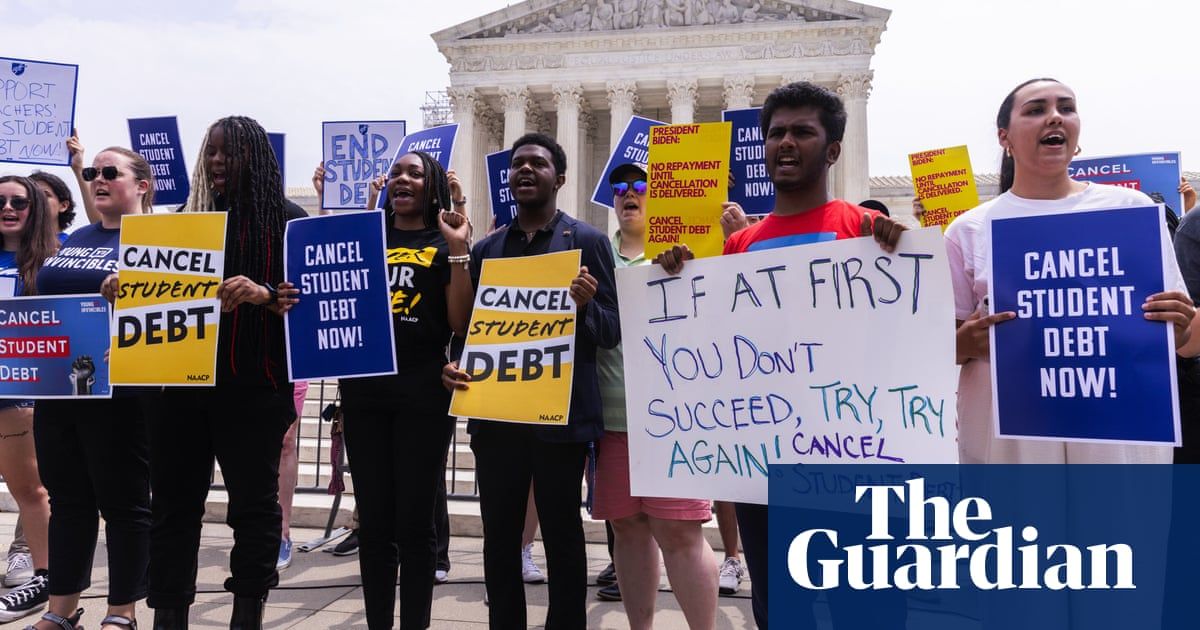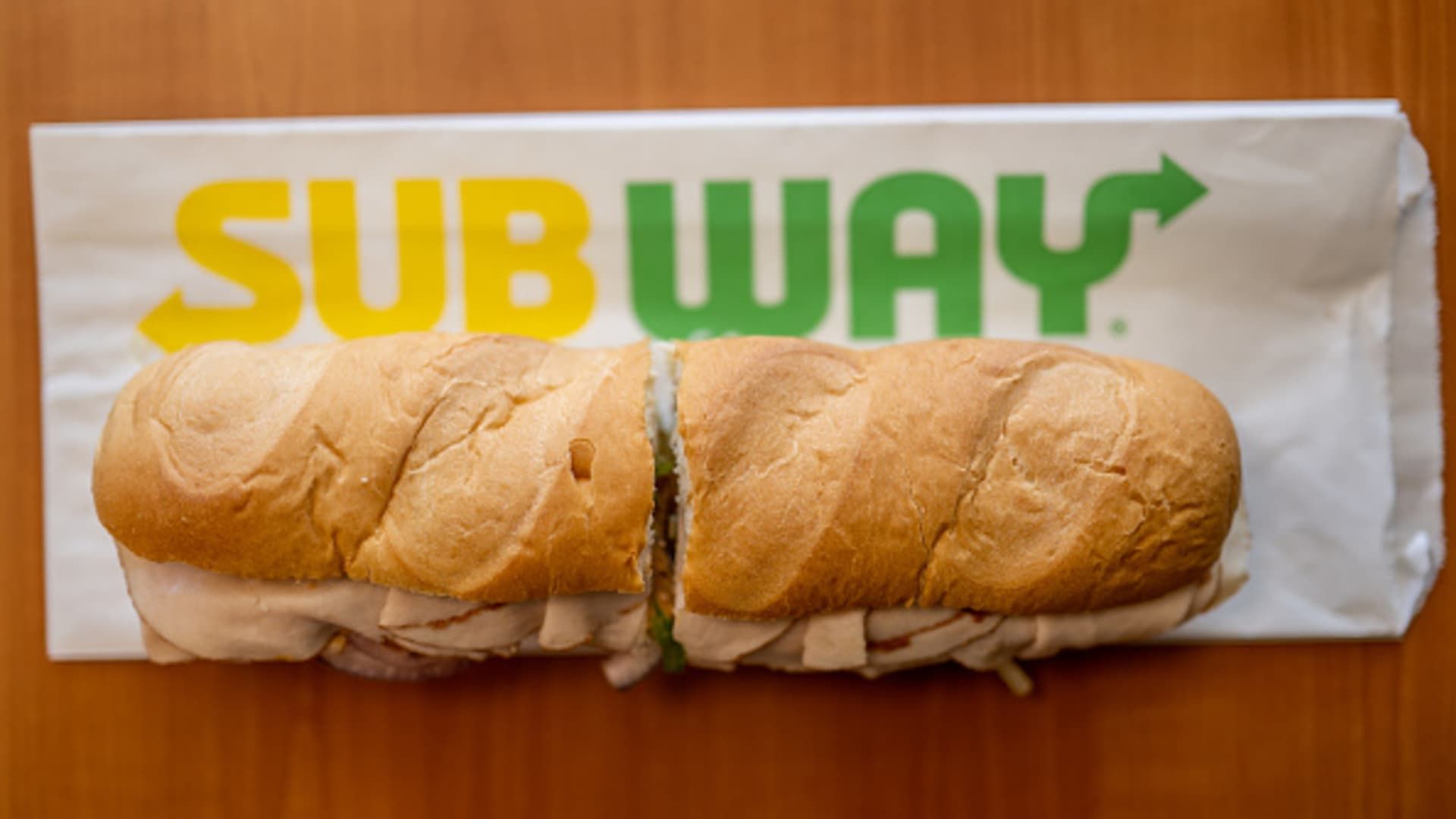Americans will have to restart student loan payments - here’s what to know
After over three years of relief, Americans with student debt will have to start paying off their loans again in the fall. The Biden administration agreed to end payment pauses in a deal with Republicans, and the supreme court struck down the White House’s student debt forgiveness plan, which means borrowers will have to reckon with their student debt once again.
Here is what we know about payments restarting:
Why were payments paused?
Student loan payments were first paused in March 2020 by the Trump administration as part of pandemic relief measures. Under the pause, borrowers have not been penalized for skipping payments, and interest has not accrued on loans. The pause has been extended nine times but will officially end in October.
In their deal with Republicans to lift the debt ceiling in May, Democrats agreed not to extend the payment pause.
When will payments restart?
Student loan payments are set to restart in October, the Department of Education said on its website. Interest on loans will start accruing 1 September, while payments will begin sometime in October. The department said it “will notify borrowers well before payments restart” when exactly payments are due.
Will there be anything different about payments?
The White House announced a handful of measures meant to ease the restart of payments, what the administration is calling “on-ramp” policies. From 1 October 2023 to 30 September 2024, borrowers will not be considered delinquent, placed under default, referred to debt collection agencies or have their student loans reported to credit bureaus. The policy is meant to “protect the most vulnerable borrowers from the worst consequences of missed payments following the payment restart”, the White House said.
At the beginning of this year, Biden also announced changes to one of four income-driven repayment plans, meant to assist those who have large student debt compared to their income. Adjustments include some borrowers paying a lower percentage of their discretionary income toward their federal loans and the federal government covering some unpaid interest each month. Such adjustments will likely not start until next year and will only apply to borrowers who are accepted into specific income-driven repayment plans.
Finally, at least 14 million borrowers will be under a new student loan servicer after a handful of providers ended their contracts with the federal government over the last few years. The Consumer Finance Protection Bureau estimates that at least 40% of borrowers will be working with at least one new servicer after the transfer of 17m accounts for federal loans.
Who will be impacted by payments restarting?
The vast majority of the 43 million Americans who hold a combined $1.75tn in student debt hold loans issued by the federal government, meaning most borrowers will be restarting payments in the fall.
The Consumer Finance Protection Bureau estimates one out of every five borrowers have risk factors in their finances that indicate they will struggle with their loans once payments restart. The bureau also said there has been a 24% increase in median monthly payments made on non-student loan debt made by student loan borrowers, partially because borrowers during the pause invested in other types of debt, like credit cards, auto or mortgage loans, and interest rates have also risen, making loans more expensive.
What happened to Biden’s student loan forgiveness plan?
Last August, Biden announced his plan to cancel at least $10,000 of student loans for borrowers making less than $125,000 a year. Those who qualified for federal Pell Grants would receive up to $20,000 in relief. The plan would have forgiven about $430bn in student debt.
The White House quickly received court challenges, which blocked the plan and ultimately made it to the US supreme court. At the end of June, the conservative majority of the court struck down the plan, ruling that the White House did not have the authority to forgive student debt under a 2003 law. The 2003 Heroes Act, passed after the 9/11 terrorist attacks, allows the secretary of education to protect borrowers in times of war or “national emergency”.
After the ruling, Biden vowed to find other ways to help borrowers. “Today’s decision has closed one path,” he said. “Now we’re going to pursue another.”
Biden said that the Department of Education is looking into whether the Higher Education Act of 1965 can give the administration a Plan B pathway to student loan forgiveness. A section of the law grants the secretary of education the authority to “compromise, waive, or release any right, title, claim, lien, or demand, however acquired, including any equity or any right of redemption”.
Senior Democrats, including Senators Elizabeth Warren and Chuck Schumer, had originally encouraged the administration to use executive authority under the Higher Education Act to forgive student loans, not the Heroes Act that the Biden administration chose.
Source: The Guardian


